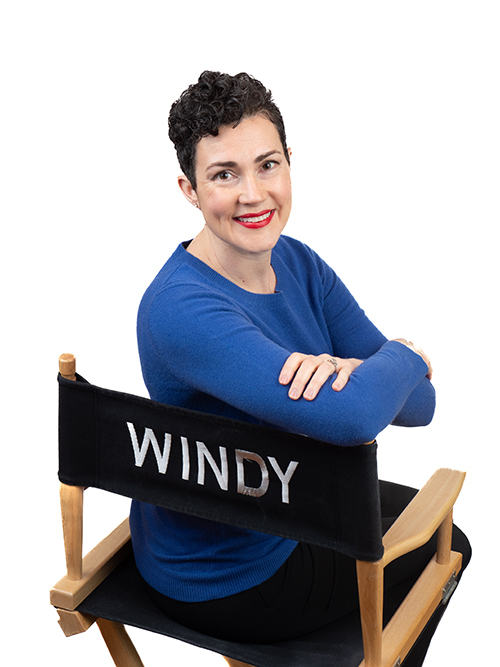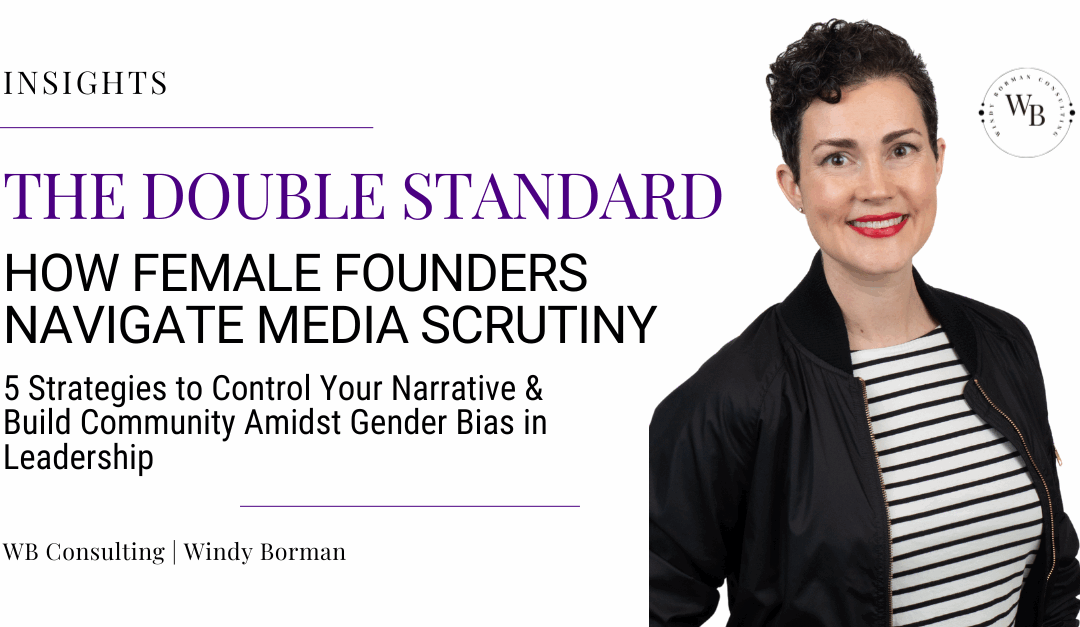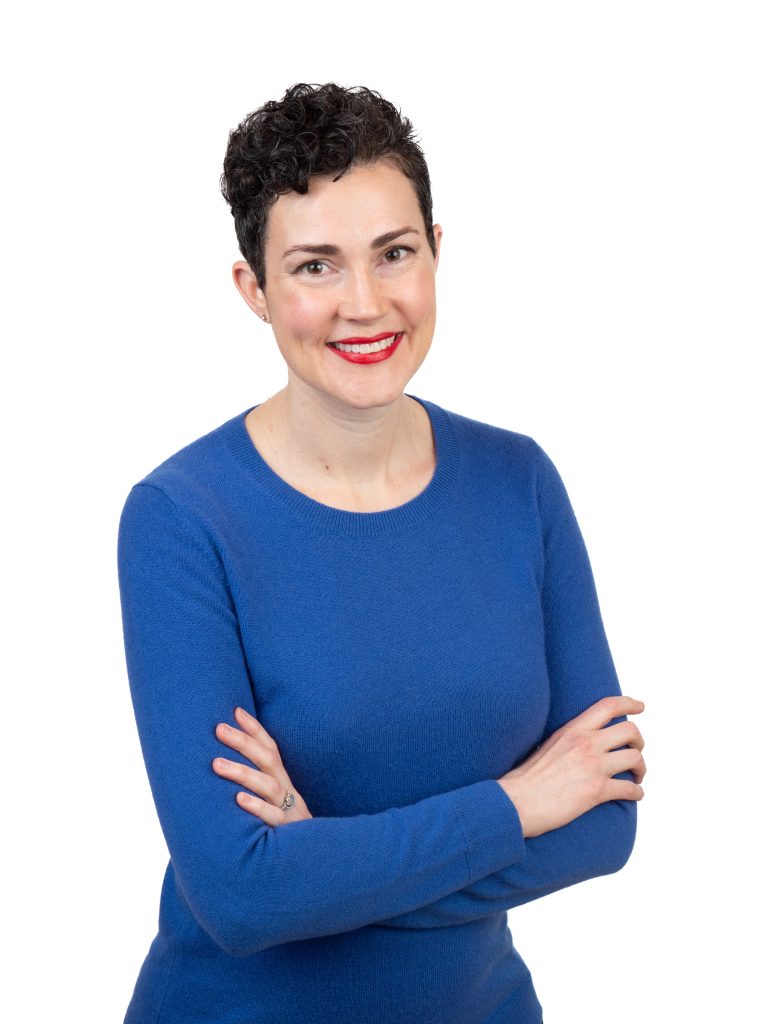The fear creeps in quietly at first. You’re preparing for a media interview about your startup’s latest milestone, but instead of rehearsing talking points about your innovation or growth metrics, you’re worrying about your outfit.
Will that blazer read as “too aggressive”?
Will that dress seem “not serious enough”?
It’s not paranoia. It’s the weight of knowing that as a female founder, you’ll face scrutiny your male counterparts never experience.
The Hard Data Behind the Double Standard
The numbers tell a painful story. Recent research from Crunchbase reveals that in 2024, just 3% of U.S. funding went to startups with solely female founders, while women-led companies captured less than 5% of total investment dollars (Crunchbase, 2024).
This funding disparity persists despite evidence that, according to Investing.com, “women-led companies tend to outperform, on average, those led by men in the long run” because women CEOs “usually do so by overcoming greater obstacles and facing greater scrutiny than their male counterparts” (Investing.com, 2024).
The consequences are both professional and deeply personal. According to the Geena Davis Institute on Gender in Media, male characters still outnumber female characters by over 13 percentage points in media representations (Geena Davis Institute, 2024).
This imbalance shapes not just how we see women leaders but how they see themselves.
The Emotional Tax
Jennifer Siebel Newsom, director of “Miss Representation,” discovered in her research that the scrutiny directed at female leaders isn’t just unequal—it’s often deliberately undermining. In her documentary, she found that women in media are “increasingly sexualized” and that media coverage of women in leadership positions frequently focuses on their appearance rather than their accomplishments or ideas (NPR, 2011).
This creates an impossible standard:
- be strong but not intimidating
- be confident but not arrogant
- be feminine but not frivolous
- be successful but not threatening
For women of color, this burden is significantly heavier due to what Kimberlé Crenshaw terms “intersectionality.” A pioneering legal scholar, Crenshaw developed the concept of intersectionality to explain how different aspects of identity—such as race and gender—overlap to create unique forms of discrimination.
As she explains, “Sexism isn’t a one-size-fits-all phenomenon. It doesn’t happen to black and white women the same way” (BrainyQuote).
For female founders of color, this means navigating not just gender bias in media coverage but having that bias uniquely shaped and amplified by racial stereotypes simultaneously.
Taking Control of Your Narrative
Rather than accept this reality, here are five actionable steps you can take today:
- Create a Media Boundary Plan: Decide in advance what parts of your story are for public consumption and what remains private. Having clear boundaries helps you maintain control when facing invasive questions that male founders rarely encounter.
- Assemble Your Support Network: Connect with other female founders who understand your challenges. Build a private forum where you can safely discuss media challenges, strategize responses, and share both wounds and wins.
- Reframe the Narrative: When interviews veer toward gender-focused questions instead of business achievements, practice respectful but firm redirects that bring the conversation back to your company’s mission and metrics.
- Document the Discrepancies: Keep records of questions you’re asked that your male counterparts aren’t. This documentation isn’t just for your own validation—it can become powerful data that helps advocates push for more equitable media coverage.
- Consider Strategic Partnerships: One option is working with a Fractional Director of Content who understands the unique challenges female founders face. This strategic executive partner can help shape your media narrative in ways that align with your vision while navigating the complex landscape of gender bias.
Building a Community of Visibility
The scrutiny won’t disappear overnight, but together, we can change the conversation.
When you see another female founder facing unequal treatment in media, speak up with specificity. Don’t just offer general support—point out the exact double standard at play. For example: “I noticed the interviewer asked about your family life but directed all technical questions to your male co-founder. That’s a pattern worth addressing.”
As Geena Davis, founder of the Geena Davis Institute on Gender in Media, has discovered through her research, “If you can see it, you can be it.” Her institute found that media representation directly impacts how women and girls perceive their potential for leadership (Geena Davis Institute, 2024).
Challenge yourself to look beyond the “success stories” that fit comfortable narratives. Amplify the voices of female founders who don’t fit the mold of what media typically celebrates. Support women creating their own platforms and telling their own stories in their own words.
Rather than competing for the few spots mainstream media traditionally allocates to female founders, let’s build a new ecosystem where our full, complex experiences are valued. As Maya Angelou wisely stated:
“My mission in life is not merely to survive, but to thrive; and to do so with some passion, some compassion, some humor, and some style” (Ayur-Kosha, 2021).
Are you navigating the complex terrain of media representation as a female founder? I’d love to hear your story.
Connect with me to discuss how we can transform your visionary ideas into powerful content that resonates authentically with your audience.


